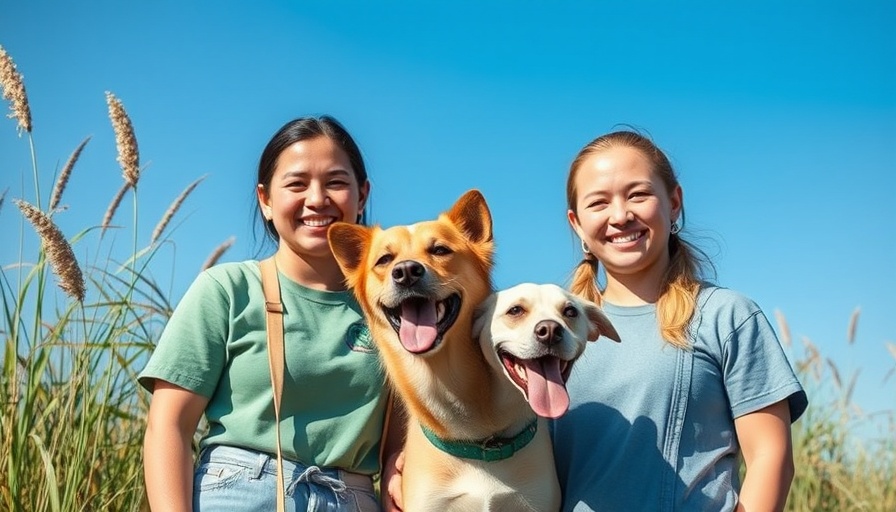
Empowering Shelter Dogs: Five Compassionate Ways to Make a Difference
Every dog deserves a warm, loving home, but for shelter dogs, the road to finding their forever family is often fraught with uncertainty. This Random Acts of Kindness Day, February 17th, let's focus on how small acts can lead to significant changes in their lives. Whether through volunteering, fostering, or advocating for their needs, we each have the power to make a positive impact. Here are five engaging ways to support our furry friends.
1. Volunteer Your Time: Brighten a Shelter Dog’s Day
Your time is one of the most valuable gifts you can give to shelter dogs. Shelters often have more tasks than staff members, and the extra hands provided by volunteers can significantly improve these dogs' quality of life. Activities like walking, playing, and simply spending time with them can help ease their anxiety and build trust, preparing them for successful adoptions.
Volunteering doesn't just elevate a dog's spirits; it also aids shelter staff by providing essential support—be it cleaning, organizing, or administrative help. It's an enriching experience where you can witness firsthand the transformative power of kindness in action.
2. Foster a Shelter Dog: Create Lasting Memories
Fostering offers a lifeline to shelter dogs in need of care and socialization. By providing a temporary home, you help alleviate overcrowding and give these dogs a chance to rediscover what it means to feel loved. Fostering empowers them to adjust to a home environment and increases their chances of being adopted into loving families.
Your nurturing support not only benefits the dogs but can be an incredibly fulfilling experience for you, too. Many foster families report the joy of witnessing a dog flourish in a safe environment, and this temporary connection can leave lasting memories.
3. Donate Supplies: Improve Their Quality of Life
Basic essentials like food, toys, and blankets are fundamental for shelter dogs but often in short supply. By donating these items, you can significantly improve their living conditions while they wait for their forever homes. Consider enhancing their meals with nutritious additions like Volhard’s Veggie Pak, which reinforces their diet with essential nutrients.
Your thoughtful donations not only contribute to their physical well-being but also send a message that they are loved and not forgotten. Simple acts of kindness can transform the lives of shelter dogs as they navigate their uncertain journey.
4. Support with Monetary Donations: Fuel Their Care
Financial contributions play a crucial role in the operation of shelters. Monetary donations help cover veterinary care, vaccinations, and other critical services necessary for keeping dogs healthy and ready for adoption. No contribution is too small; even a few dollars can lead to life-saving treatments and purchasing essential supplies in bulk.
Setting up recurring donations for your local shelter ensures that your support continues month after month, fueling ongoing care and creating a safer, more supportive environment for dogs in need.
5. Advocate for Shelter Dogs: Be Their Voice
Finally, advocating for shelter dogs is essential in raising awareness and connecting them with potential adoptive families. Use your voice on social media to share stories and photos of adoptable dogs, highlighting their unique personalities and needs. A single heartfelt post can change a dog's life by linking them to a family ready to welcome them home.
Join campaigns or community initiatives aimed at improving the welfare of shelter animals. Your actions can inspire others to get involved, fostering a community of compassion and care.
Spread Kindness and Make an Impact Today!
Whether you're donating supplies, volunteering, fostering, or advocating for shelter dogs, every action counts. Together, we can create a network of support and love that these dogs desperately need. Let’s spread kindness and improve the lives of shelter dogs during Random Acts of Kindness Day—and beyond!
 Add Row
Add Row  Add
Add 




 Add Row
Add Row  Add
Add 

Write A Comment